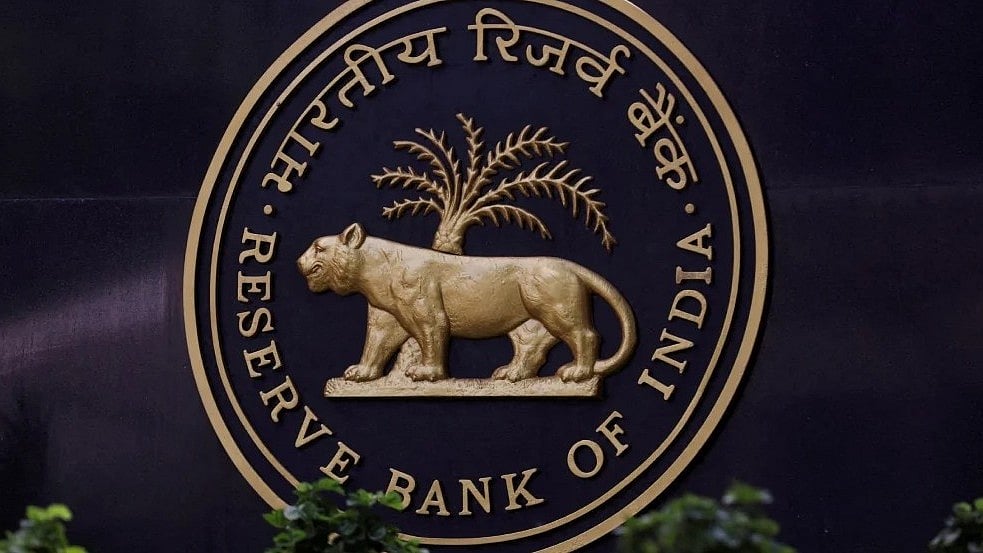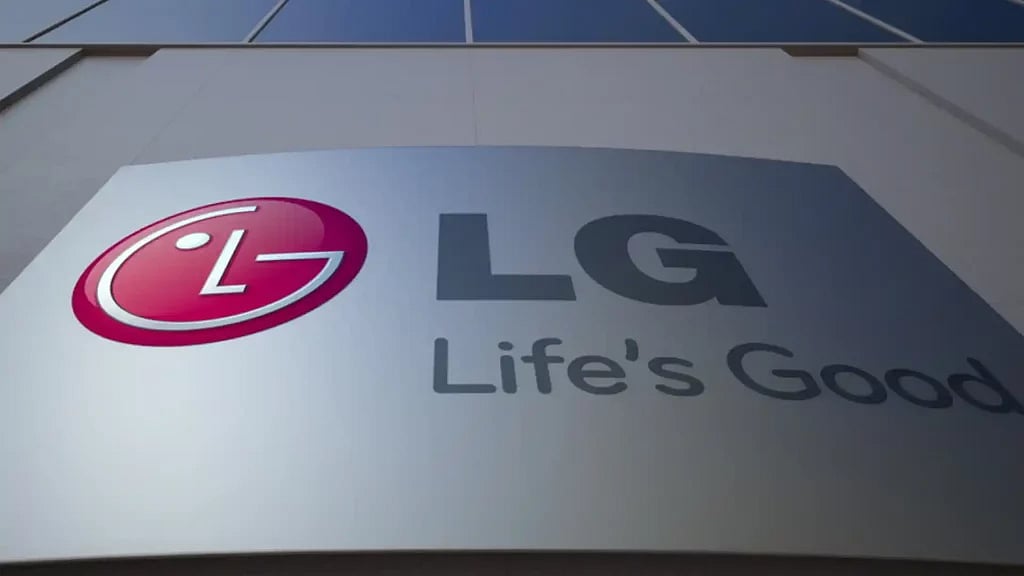The liquidity crisis before the pandemic made one thing clear. The NBFCs can no longer enjoy the regulatory leeways. They have to tighten their approach towards lending and other operational parameters. And learn to sustain themselves during the volatile periods.
The RBI’s recent discussion paper is a step in that direction. The central bank in this paper has proposed tighter regulations for the NBFCs. It argues in favour of bringing a scale-based structure. And, argues in favour of stricter governing norms for the NBFCs.
What is a scale-based structure?
Under the suggested framework, the largest 25-30 NBFCs would be subjected to bank-like regulations.
The RBI has recommended splitting of NBFCs into four categories depending on their size and systemic relevance. These four categories would include- base layer, middle layer, the upper layer, and top layer.
NBFC categorization:
The base layer would include NBFCs with an asset size of up to Rs 1,000 crore. The largest number of NBFCs will fall in this category. They will have the least stringent regulations. A total of 9209 out of 9,234 non-deposit taking NBFCs fall into this category. These NBFCs will have the least stringent regulation.
The middle layer would include all 'systemically important' and deposit-taking NBFCs. The NBFCs in this category will see the least disruption in terms of regulatory changes.
Upper Layer will be made up of the top 25 to 30 NBFCs. The RBI has proposed to tighten the regulations for this category. The top layer will be kept empty for now. If any upper layer NBFC is posing an extreme risk or deteriorating, they can be shifted to this layer.
Upper layer: Bank like regulations
The RBI has proposed banks like regulations for about 25-30 NBFCs. For this basket,
Core Tier-1 Equity is proposed to be set at 9%
Standard asset provisioning norms would be streamlined with that of banks. At present NBFCs maintain standard asset provisioning of 0.4%.
They would have to maintain a higher asset provisioning ratio for high-risk categories like real estate and infrastructure.
Large exposure framework, as applicable to banks, can be extended for these NBFCs as well.
Tighter governance for mid-level NBFCs:
No changes are proposed in the capital-to-risk-assets ratio (CRAR) of 15% with a minimum Tier-I ratio of 10%.
Merger of lending and investment into a single exposure limit. It is prescribed at 25% for a single borrower and 40% for the group of borrowers.
Tighter corporate governance norms.
Apart from this, certain common regulatory restrictions are proposed for mid and upper layer NBFCs. For instance, these NBFCs cannot provide loans to companies for the buy-back of shares/securities. Also, IPO financing by NBFCs will be subject to a ceiling of Rs 1 crore per individual. Also, to finance the land acquisition, the NBFCs would need to internally fix the commercial real estate exposure ceiling
Closing comments:
The proposed changes are unlikely to have any significant impact on top NBFCs. They are already maintaining strong capital adequacy above the proposed CET 1 threshold of 9%. Hence, they are well-capitalized.
These NBFCs remain comfortable with higher standard asset provisioning.
However, we could see GNPAs based on lax underwriting and provisioning policies that are currently in practice.
Further, the implementation of banking like regulations will enhance data availability. It will add to the transparency from a longer-term regulatory perspective. It will enable the real-time monitoring of asset quality at a customer level across NBFCs.













